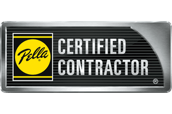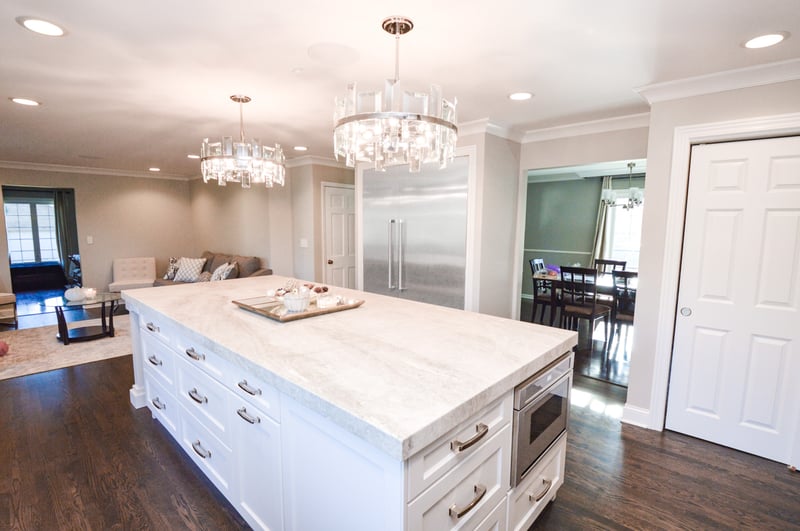
When you start entertaining the idea of a remodel, a quick search on Pinterest or Houzz will make it clear that there are many directions you could go for overall style. That being the case, it can be a challenge to determine which look you like best, especially if you don’t understand the different definitions. While working with an OHi designer helps take out any of the guessing work, we also know how helpful it can be to have the right language to help describe the look you love at your design consultation. A great place to start is with the basics and, which is why we're breaking down and defining the three main styles of a remodel: traditional, transitional, and modern.
Traditional
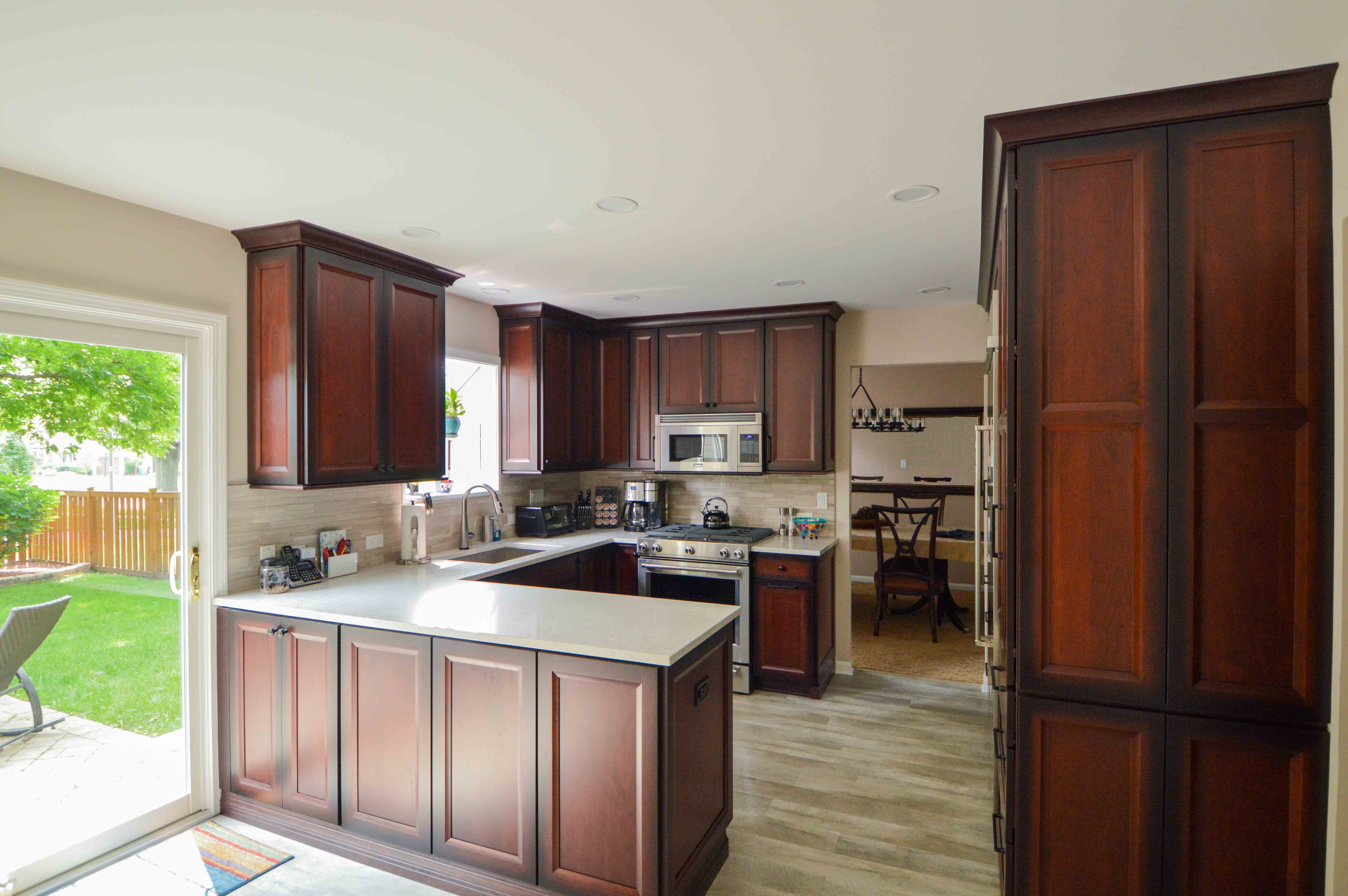
Characterized by ornate details, rich colors, and a pervasive luxuriousness, a traditional space often utilizes design traits that have been employed for years. Many would describe the look as timeless. While this look, with rich browns, can feel luscious, it can also also feel heavy, especially in tight spaces. To offset this, try to only use in a space with either ample square footage or plenty of natural light. These spaces can often include crown molding, corbels, detailed spindles, and wainscoting. The hardware will usually include details such as etchings or floral patterns. Countertop edges tend to be fabricated with a special edge such as a bevel or bullnose. Overall, think lavish comfort.
For cabinets, expect to see darker woods, such as a cherry. For a brighter kitchen, consider using a warmer beige. These cabinets tend to be raised panels and are often finished with a glaze. Throughout the space, there might be certain cabinets structured to look more like furniture pieces. There will also be a heavy focus on craftsmanship detailing.
Throughout a traditional space, you might find more natural materials, such as natural stone, as the look tends to have a rich depth to it. Furthermore, you'll see a lot more granite or marble countertops in these kitchens than the other two styles of kitchens; however, quartz is still most popular. Countertops with dramatic veining or rich colors are often selected.
Transitional
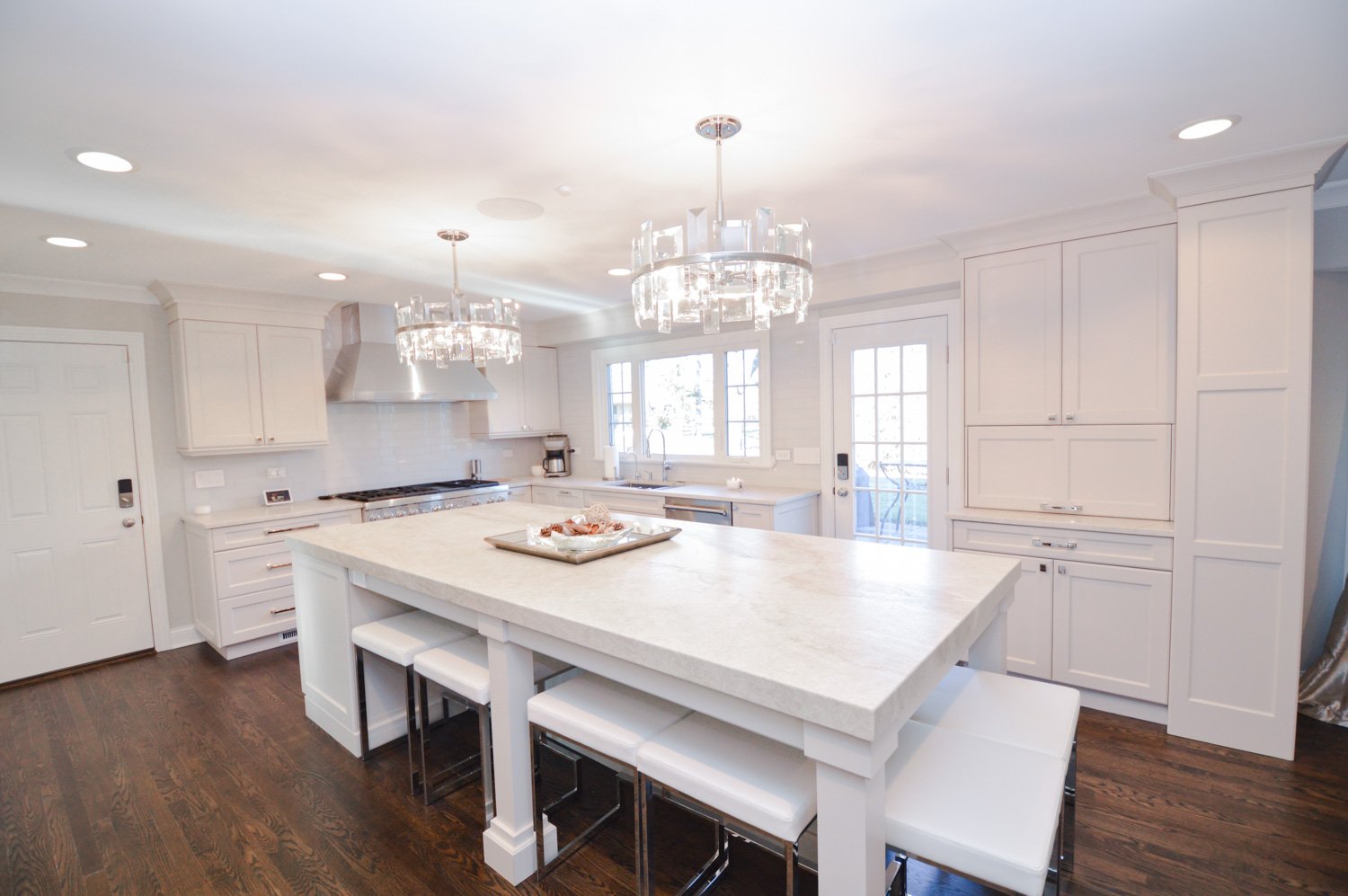
Perhaps the hardest style to define, it is the easiest to achieve. Transitional spaces are a mix of both traditional and modern elements. It’s the most personalized style, and often reflects your taste more than one specific style group. This is the style to choose if you want to color outside the lines. However, if you are looking for ways to achieve a “true” transitional kitchen, there are a few elements this style tends to encapsulate.
Often, transitional kitchens rely heavily on subtle colors such as white, gray, and taupe. If there is a pop of color, it is used sparingly, such as in an island. There is a balanced mix of straight lines and soft curves. Most materials are solids. If there is a pattern, it's usually simple or used as an accent. Texture is extremely important for a transitional kitchen as that is often what gives the room it’s contrast and depth. This can be in textiles or tile. The textiles used are less grand than those of a traditional space, but more intricate than those in a modern space.
As for specific materials, we tend to see a lot of quartz countertops. Whether selecting a quartz with dramatic veining or no pattern, matte or glossy, the style is completely up to you. However, smooth edges are most popular in a transitional design, unlike the detailed edges in a traditional space. Cabinet often have recessed doors, with minimal detail. Hardware tends to mimic more modern styles with sleek and simple designs.
Ultimately, this style is great for people who want to make their space their own. There isn’t a box you have to fit into, allowing for great flexibility when it comes to product selections. It’s also great for homeowners who may have differing tastes, as this could allow for a blending of their styles.
Modern
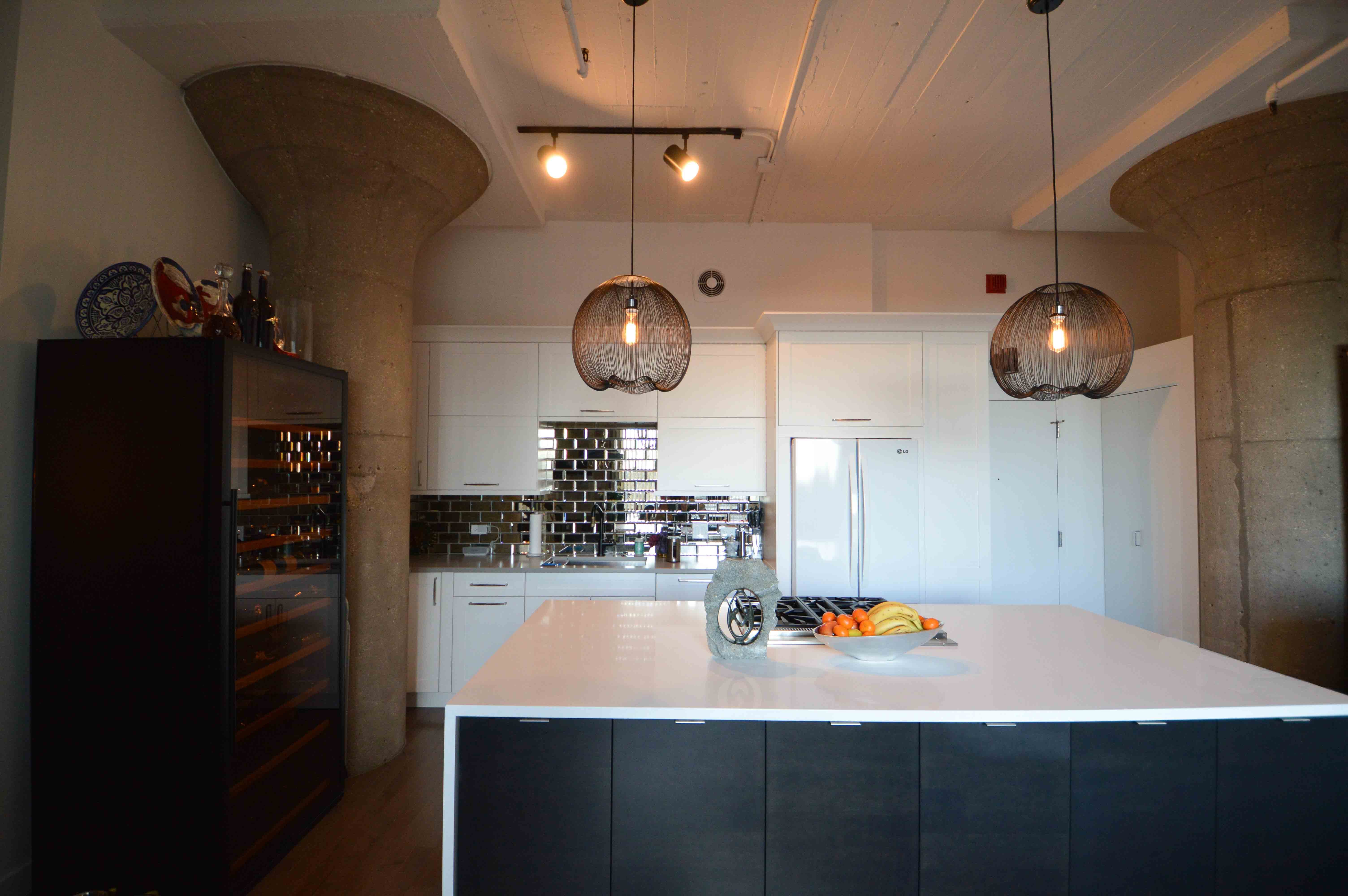
Of all the styles, this one is the most minimalist when it comes to detail and decor. Modern style favors designs that have intentional functionality built in. Clean, sleek, straight lines often characterize this style. This means slab fronted cabinets in the full overlay style, straight edged countertops, and the simplest hardware. This style strives for an open, bright, and airy aesthetic along with a certain earthiness. White and black often dominate the color scheme, and are paired with metallic accents whether it be hardware or lighting fixtures. Stainless steel is often the expected finish for appliances.
While a modern kitchen may seem sterile when glancing at the common traits above, there are also many fun elements that bring life and personality to this space. For example, waterfall countertops. These give the appearance of seamlessness and clean lines, yet it is also a dramatic look that steals the show. Another element that adds a playful touch is the use of geometric patterns. Whether in tile, lighting fixtures, or simple textiles, the geometric patterns help bring an angular contrast to the space. Modern spaces are also more likely to embrace the latest cutting edge technology. Right now, that means smart tech such as smart fridges, smart lights, and smart shower systems.
Overall, this style is for you if you want a clean, minimalist look, with a cooler color pallet.
At the end of the day, we always encourage our clients to find the look that is right for them. While each of these styles have common elements, don't let that prevent you from branching out to create the look in a space that is supposed to reflect you. If you don’t know where to start, contact us today to schedule a complimentary design consultation.
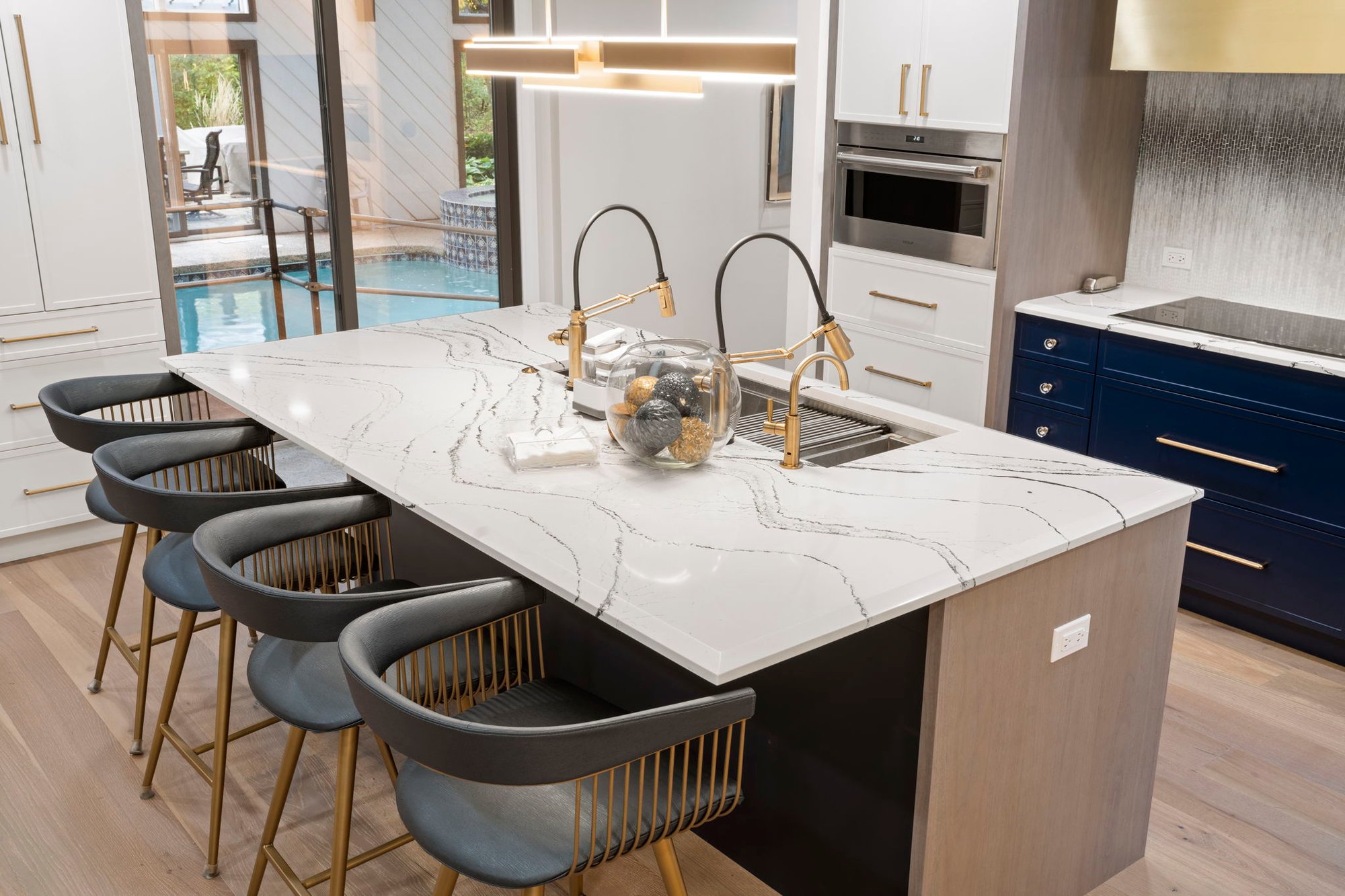
Tell us a little bit about your vision, and a member of our team will share how OHi can help you bring it to life.





